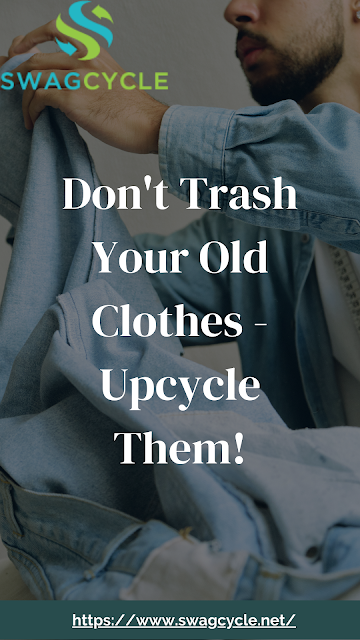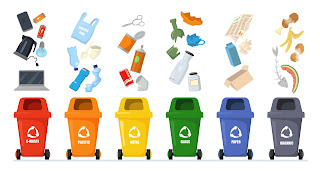Repurposing and Upcycling Clothes: A Sustainable Alternative to Shopping New
In a world of fast fashion, with clothing made from unsustainable materials and created in unethical working conditions, finding sustainable alternatives to shopping new can be challenging. Fortunately, there is an easy solution: repurposing and upcycling clothes. Not only does this practice help the environment by reducing textile waste and pollution, but it also helps save money. Let's explore how repurposing and upcycling clothes is a great way to go green while looking good.
What Is Upcycling?
Upcycling involves taking an existing item of clothing or fabric and making it into something better than before. For example, you can take an old t-shirt and turn it into a dress or skirt, or you can take an old pair of jeans and transform them into shorts. The possibilities are endless! By upcycling your clothes, you’re not only giving them a second life but also getting creative with fashion design.
What Is Repurposing?
Repurposing is similar to upcycling in that it involves taking an existing piece of clothing or fabric and transforming it into something new. However, with repurposing, the original item of clothing remains largely unchanged; instead of completely remodeling the garment or fabric, you are simply adding elements that give it a completely new look. For example, you can take an old t-shirt and add patches or embroidery for a unique look that still honors the original garment. Or you can take an old pair of jeans and add pockets for extra storage space.
Why Should You Repurpose/Upcycle?
The main reason why people choose to repurpose/upcycle their clothes is that they want to reduce their environmental impact while still looking stylish. By giving your clothes a second life through these processes, you are actively reducing waste in landfills as well as contributing less demand for mass-produced fast fashion items that are often produced using unsustainable materials and processes. Additionally, repurposed/upcycled pieces have more personality than store-bought items; each piece is crafted according to your own tastes and style preferences—making them one-of-a-kind! Finally, repurposing/upcycling your clothes often costs much less than buying new items—saving both time and money in the long run!
Conclusion:
Repurposing and upcycling clothes are quickly becoming one of the most popular ways for people to shop sustainably without sacrificing style or quality. With its low cost, unique style options, and reduced environmental impact—not to mention its fun factor—it’s no wonder why so many people are choosing this route when shopping for new clothes! So if you're looking for a way to pursue sustainable fashion without breaking the bank or compromising on style—give repurposing/upcycling your clothes a try! You won't regret it!
What Is Upcycling?
Upcycling involves taking an existing item of clothing or fabric and making it into something better than before. For example, you can take an old t-shirt and turn it into a dress or skirt, or you can take an old pair of jeans and transform them into shorts. The possibilities are endless! By upcycling your clothes, you’re not only giving them a second life but also getting creative with fashion design.
What Is Repurposing?
Repurposing is similar to upcycling in that it involves taking an existing piece of clothing or fabric and transforming it into something new. However, with repurposing, the original item of clothing remains largely unchanged; instead of completely remodeling the garment or fabric, you are simply adding elements that give it a completely new look. For example, you can take an old t-shirt and add patches or embroidery for a unique look that still honors the original garment. Or you can take an old pair of jeans and add pockets for extra storage space.
Why Should You Repurpose/Upcycle?
The main reason why people choose to repurpose/upcycle their clothes is that they want to reduce their environmental impact while still looking stylish. By giving your clothes a second life through these processes, you are actively reducing waste in landfills as well as contributing less demand for mass-produced fast fashion items that are often produced using unsustainable materials and processes. Additionally, repurposed/upcycled pieces have more personality than store-bought items; each piece is crafted according to your own tastes and style preferences—making them one-of-a-kind! Finally, repurposing/upcycling your clothes often costs much less than buying new items—saving both time and money in the long run!
Conclusion:
Repurposing and upcycling clothes are quickly becoming one of the most popular ways for people to shop sustainably without sacrificing style or quality. With its low cost, unique style options, and reduced environmental impact—not to mention its fun factor—it’s no wonder why so many people are choosing this route when shopping for new clothes! So if you're looking for a way to pursue sustainable fashion without breaking the bank or compromising on style—give repurposing/upcycling your clothes a try! You won't regret it!



Comments
Post a Comment